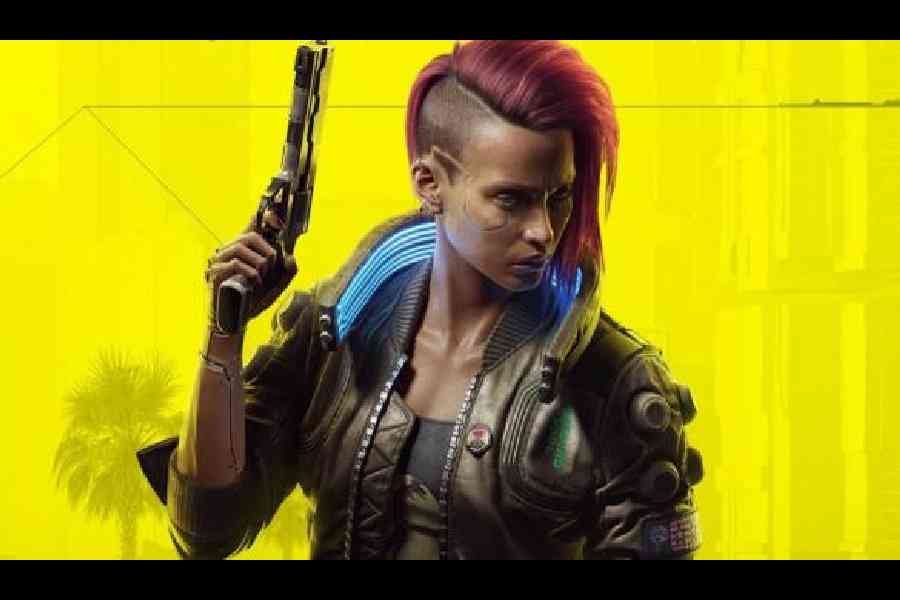Ever since their inception, video games have harboured some form of storytelling or the other. They have much evolved over the years, with the medium standing at
the intersection of four forms of art — writing, film, art and music, converging to the point where they incorporate elements from all of them.
However, this has also led to a perception that video games are an offshoot of the major forms, that they are presenting narratives within the medium with the unique challenge of finding their own space amidst the already established modes of storytelling.
In the process, regardless of a particular game’s excellence in storytelling, narrative has often been seen as an “addition” to the gameplay. But they are not mere supplements to the gameplay. In fact, they do not exist separately at all. The two lie side-by-side and consistently complement each other, brought about by the player’s active participation in the narrative.
As opposed to most other mediums, video games require the player to surpass the role of an observer to the story, asking him or her to become an actor within its space. The narrative ideally serves as the player’s playground so to speak, with the gameplay being the tools of execution.
For instance, let’s take a look at how Cyberpunk 2077 makes a player feel like he or she is participating in the story.
The game has a pretty straightforward way to do so on the surface: through clear-cut choices and consequences that shape the narrative as the player proceeds. This already makes the player go into the game with a mindset very different from that of an observer.
However, besides the explicit plot decisions, the game presents the player with more “mundane” forms of non-linearity, by allowing the space to go about objectives whichever way he or she wants. This lets the player fully step into the shoes of V, who is the game’s protagonist.
This is furthered by the fact that the game is entirely in first person, making the player feel as if the game’s events are happening to him or her. In the end, the game forces a switch to the third-person account, allowing players to take a look at themselves after the events are done with, signifying their loss of control with the end of the story.
On the other hand, we have Outer Wilds, a game with a fairly set-in-stone narrative that a player can only experience once. The player is a space explorer uncovering the secrets of a universe stuck in a time loop, with the game using the player’s knowledge of these exact secrets to present its narrative. The story lies in the history of the universe and it’s up to the player to discover it. The game makes one learn the laws of its universe, while also giving him or her the space to experiment with them.
While the story never fundamentally changes, the entire experience of it depends on how the player learns the game’s laws. Each loop is technically the same, with the only difference being the player’s knowledge of the world. As such, when the person finally understands how to reach the end of the game, the game cannot be replayed, as the player is cursed with the knowledge of what to do.
The presentation of Cyberpunk 2077 and Outer Wilds’ stories make them exclusive to the medium of video games. If adapted into a movie, Cyberpunk 2077’s deeply personal story of dealing with your own death would not feel the same. Outer Wilds’s story cannot be adapted into any other medium without sacrificing the feeling of discovery and dread it so masterfully brings forward.
And there exists a tonne of other games like these, with stories that simply cannot be told in other mediums.
Indescribable is the pleasure of “experiencing” these once-in-a-lifetime stories.










